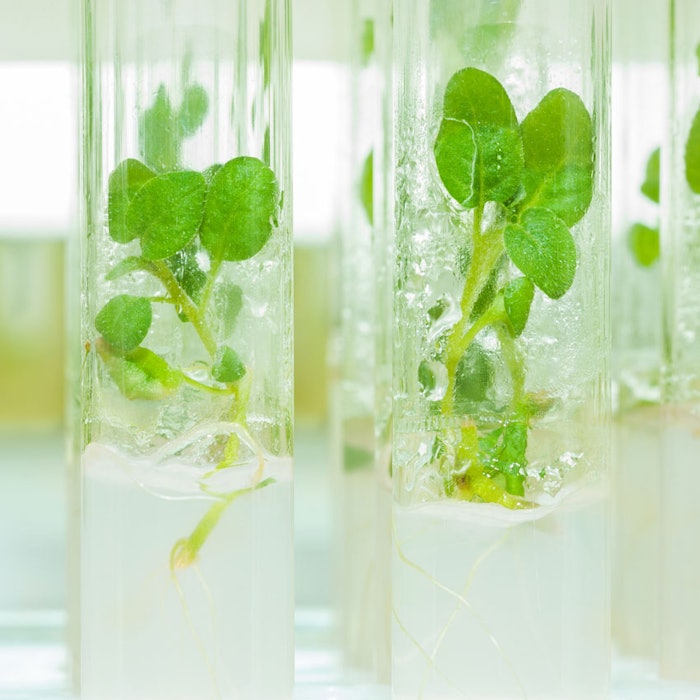
As the demand for natural products and ingredients across industries grew, the Nagoya Protocol came about as an agreement between countries to preserve the diversity of genetic materials. It covers not only materials from which chemistries are sourced, but also materials utilized in claims substantiation and other efficacy/safety testing.
As a background, the Nagoya Protocol evolved from the text for the Convention on Biological Diversity, which was opened for signature on June 5, 1992, at the United Nations Conference on Environment and Development (the Rio “Earth Summit”) and entered into force on Dec. 29, 1993. This Convention is the only international instrument comprehensively addressing biological diversity. Its three objectives are: the conservation of biological diversity, the sustainable use of biologically diverse components, and the fair and equitable sharing of benefits arising from the utilization of genetic resources.
The need to promote and safeguard the fair and equitable sharing of biodiverse genetic sources arose, naturally, from their use. Indeed, in a seventh meeting on this subject, in 2004, an ad hoc Open-ended Working Group on Access and Benefit-sharing was formed. This group elaborated and negotiated an international regime on access to genetic resources and benefit-sharing in order to effectively implement Article 15.
After six years of negotiation, the Nagoya Protocol on Access to Genetic Resources and the Fair and Equitable Sharing of Benefits Arising from their Utilization to the Convention on Biological Diversity was adopted on Oct. 29, 2010, in Nagoya, Japan.
Obligations Outlined
The significance and innovation of this protocol lies in its strong basis for greater legal certainty and transparency for both providers and users of genetic resources, and specific contractual obligations to support compliance with domestic legislation or regulatory requirements, as reflected in mutually agreed terms. These compliance provisions, along with the establishment of more predictable conditions for access to resources, ensure the sharing of benefits even after the party initially providing the genetic resources no longer exists.
Also noteworthy are the protocol’s provisions to access traditional knowledge held by indigenous and local communities associated with a given genetic resource. Such provisions strengthen the ability of these communities to benefit from the use of their knowledge, innovations and practices.
By promoting the use of genetic resources and associated traditional knowledge, and by strengthening the opportunities for fair and equitable sharing of benefits from their use, the Nagoya Protocol creates incentives to conserve biological diversity and sustainably use its components, and further enhance the contribution of biological diversity to sustainable development and human well-being.
The significance and innovation of this protocol lies in its strong basis for greater legal certainty and transparency for both providers and users of genetic resources.
The Protocol in Brief
The following points provide a brief overview of the protocol. These are guided by the fair and equitable sharing of benefits arising from the utilization of genetic resources, i.e., one of the three core objectives of the Convention, to ensure:
- Sovereign rights of states over their natural resources and according to the provisions of the Convention (Article 15);
- Important contributions to sustainable development by technology transfer and cooperative efforts for building research and innovation capacities, to add value to genetic resources in developing countries (Articles 16 and 19);
- Public awareness of the economic value and the fair, equitable sharing of this economic value with the custodians of biodiversity; these are incentives for the conservation of biological diversity and its sustainable use;
- The potential role of access and benefit-sharing to contribute to the conservation and sustainable use of biological diversity, poverty eradication and environmental sustainability;
- Linkage access to genetic resources and the fair and equitable sharing of benefits arising from the utilization of such resources,
- Importance of providing legal certainty to genetic resources and the fair and equitable sharing of benefits arising from their utilization,
- The importance of promoting equity and fairness in negotiation of mutually agreed terms between providers and users of genetic resources,
- The vital role women play in benefit-sharing and all levels of policy-making and implementation for biodiversity conservation;
- Further support of the effective implementation of access and benefit-sharing provisions;
- Innovative solutions are used to address the fair and equitable sharing of benefits derived from the utilization of genetic resources and traditional knowledge associated with them, which may occur across boundaries and in situations where it is not possible to grant or obtain prior informed consent;
- The importance of genetic resources for food security, public health, biodiversity conservation and the mitigation of and adaptation to climate change;
- The special nature of agricultural biodiversity, its distinctive features and problems needing distinctive solutions;
- The interdependence of all countries with regards to genetic resources for food and agriculture, as well as the special nature and importance for achieving food security worldwide; also, the sustainable development of agriculture in the context of poverty alleviation and climate change, and acknowledging the fundamental role of the International Treaty on Plant Genetic Resources for Food and Agriculture;
- The International Health Regulations (2005) of the World Health Organization and importance of ensuring access to human pathogens for public health preparedness and response purposes;
- Ongoing work in other international forums relating to access and benefit-sharing;
- A Multilateral System of Access and Benefit-sharing is established under the International Treaty on Plant Genetic Resources for Food and Agriculture and developed in harmony with the Convention;
- International instruments related to access and benefit sharing should be mutually supportive with a view toward achieving the objectives of the Convention;
- The Relevance of Article 8(j) of the Convention as it relates to traditional knowledge associated with genetic resources and the fair and equitable sharing of benefits arising from the utilization of such knowledge;
- The interrelationship between genetic resources and traditional knowledge, their inseparable nature for indigenous and local communities, and the importance of traditional knowledge for the conservation of biological diversity and the sustainable use of its components, and for the sustainable livelihoods of these communities;
- The diversity of circumstances in which traditional knowledge associated with genetic resources is held or owned by indigenous and local communities;
- The right of indigenous and local communities to identify the rightful holders of their traditional knowledge associated with genetic resources, within their communities;
- The unique circumstances where traditional knowledge associated with genetic resources are held in countries in oral, documented or other forms, reflecting a rich cultural heritage relevant for conservation and sustainable use of biological diversity; and
- The UN Declaration on the Rights of Indigenous Peoples, reaffirming nothing in this Protocol is construed as diminishing or extinguishing the existing rights of indigenous and local communities.
Not all countries have adopted the terms of the Nagoya Protocol although several have signed on; the most recent addition being Japan. However, as cosmetic trends move from East to West, consumers dig up new concerns from the internet or other alarmist sources, and marketing catches wind of it, it may only be a matter of time before it's no longer an added benefit, but an expectation.










